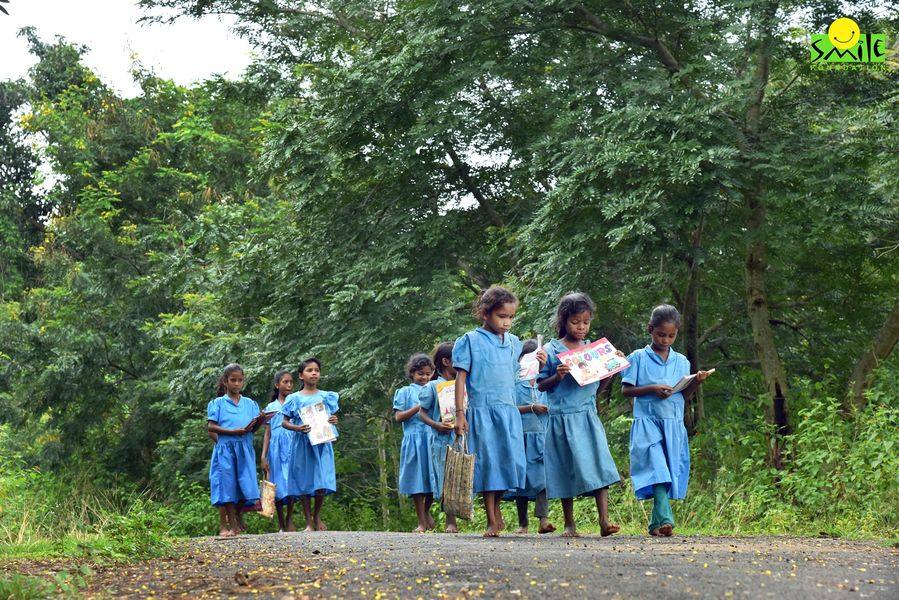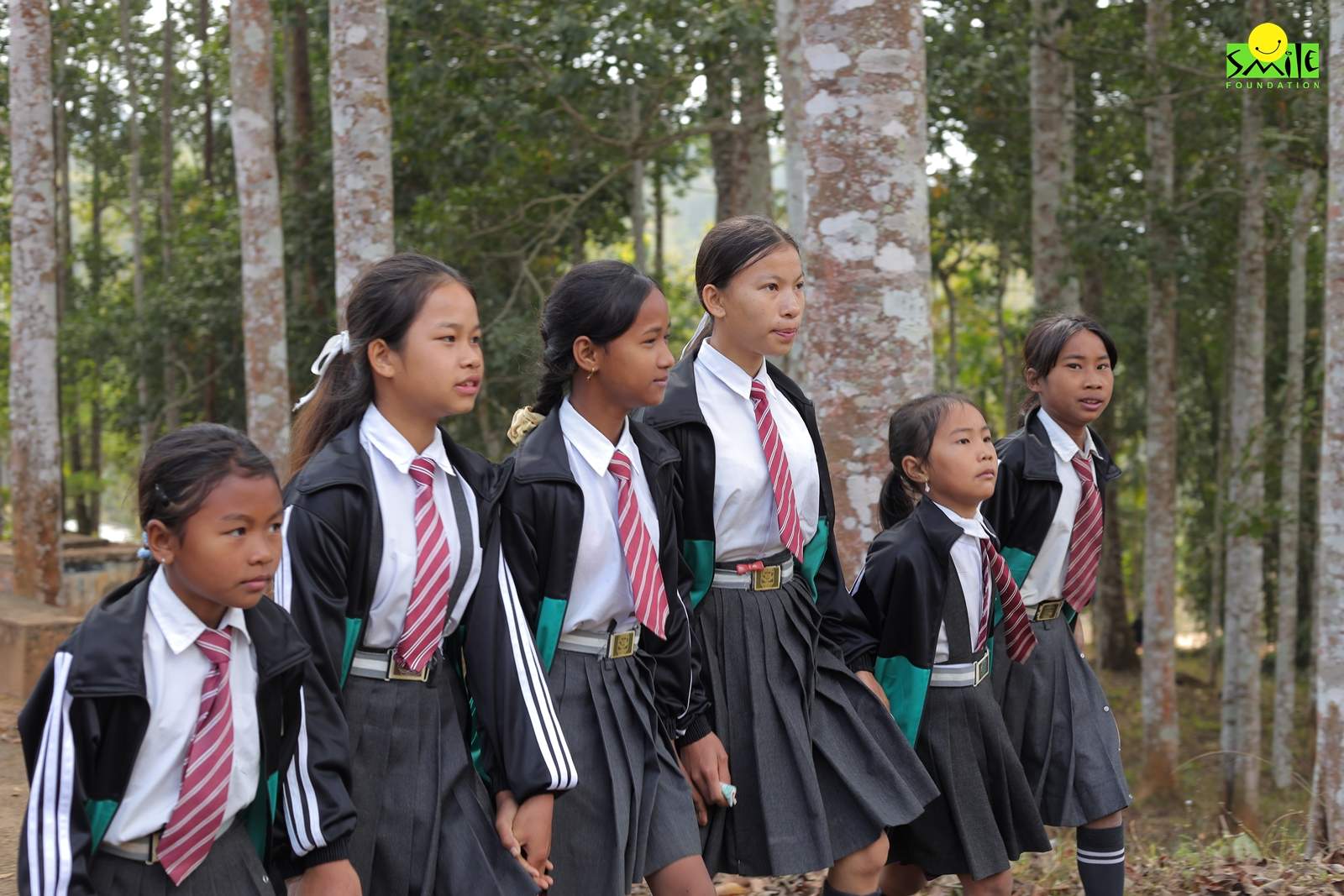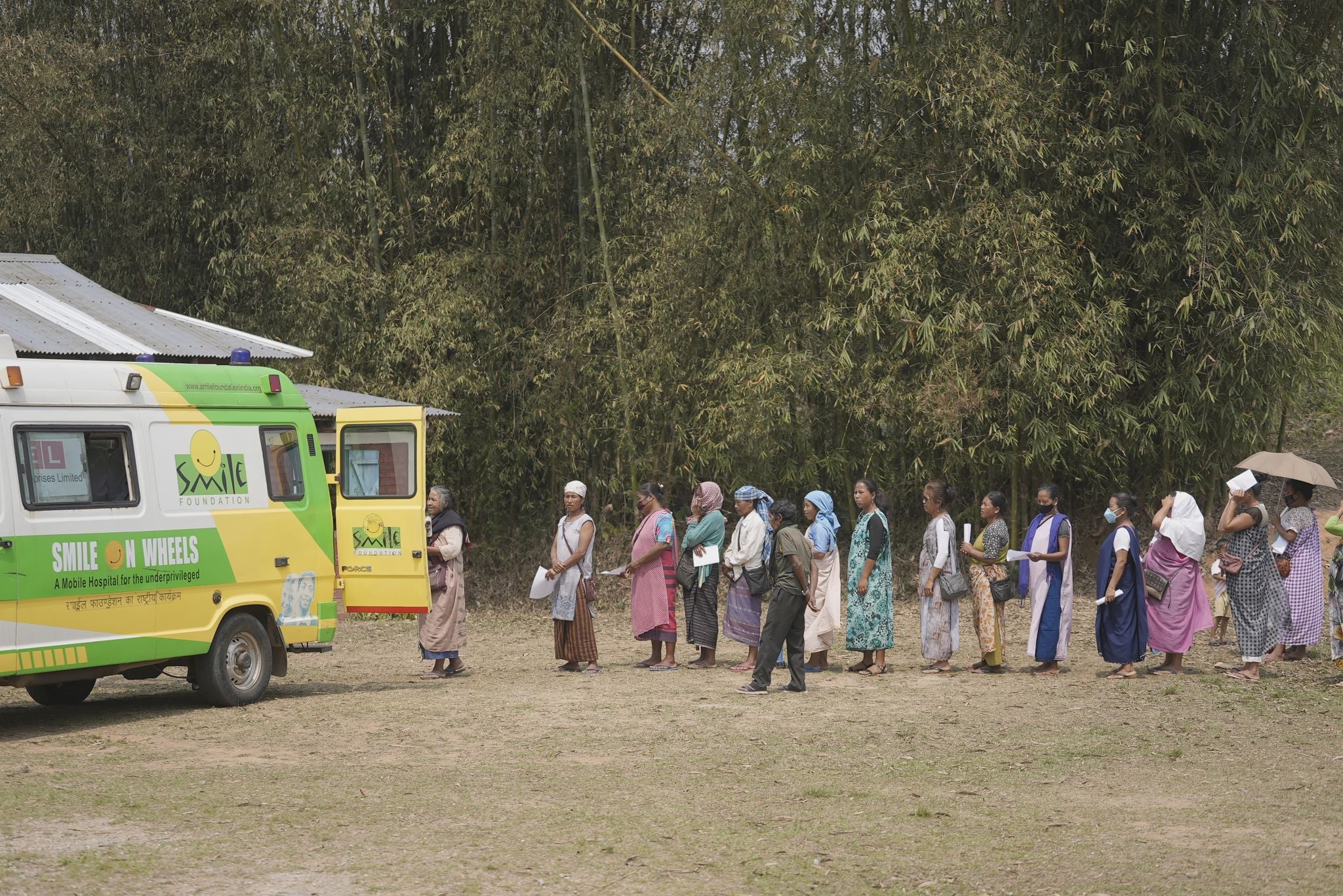India is home to 253 million adolescents, according to the 2011 Census, with 47% of them being girls. Adolescent girls face prevalent issues like anaemia, low awareness of sexual health, undernutrition and mental health concerns. They are more likely to drop out of school and bear a higher share of unpaid domestic and caregiving activities, leaving little time for themselves.
Imagine being on the threshold of discovery and learning, only to be held back not by a lack of ambition or talent but by societal norms that see your gender as less deserving of education, or by something as basic yet vital as inadequate sanitation facilities at school. Addressing financing gaps, focusing on foundational skills and digital literacy and considering state-specific needs can lay a strong foundation for the hopes of a better life for them, preparing them for a productive and digitally competent future.
Adolescence, spanning ages 10 to 19, is a transformative period marked by significant mental, emotional and psychological development. India’s policies regarding adolescent development cover a broad spectrum of values, principles and objectives aimed at enhancing socio-economic well-being.
The link between education, health and sanitation is undeniable and complex, especially for girls and women. In the quest for gender equality and inclusive education, millions of girls find their educational rights clipped by societal biases and a lack of clean, safe toilets. This critical intersection of education and sanitation highlights an urgent need: investing in both is not just beneficial but essential for the health, empowerment and education of girls.
Why is there a lower enrollment of girls in formal education compared to boys in India?
Societal Norms and Expectations: In many parts of India, girls are often seen primarily as future homemakers. This mindset leads to a preference for investing in boys’ education. For many girls, education is still a non-concerning issue.
Economic Constraints: Families facing financial difficulties often prioritise the education of boys over girls. This is compounded by the fact that education of girls is sometimes seen as a lesser investment.
Safety Concerns: Concerns over the safety of girls while traveling to and from school can also deter families from enrolling them in higher education.
Limited Access to Schools: In many rural and remote areas, higher education institutions are scarce or located far from the village.
Inadequate School Infrastructure and Lack of Proper Sanitation: Beyond basic infrastructure challenges, many schools lack clean and safe sanitation facilities, which is a significant barrier for girls, especially those who are menstruating. This lack of proper sanitation facilities can make the school environment unfriendly and unsafe, further discouraging families from sending their daughters to school.
Menstrual Hygiene Management (MHM) Challenges: The lack of MHM facilities in schools, such as private toilets, access to sanitary products, and disposal facilities, can be a significant barrier, making it difficult for girls to attend school during their periods.
Why is investing in health and education for girl children important?
Investing in the health and education of girl children is important for a multitude of reasons, each contributing to the betterment of society as a whole. This investment not only empowers girls and women but also triggers a butterfly effect that enhances the economic, health and social fabric of communities and countries. Below are key reasons why this investment is crucial:
- Economic Growth and Employment: Educated women participate more actively in the workforce, boosting the economy’s productivity and growth.
- Reduced Poverty: Educated women are more likely to earn higher incomes, which lifts families and communities out of poverty.
- Improved Health Outcomes: Health education teaches girls about nutrition, hygiene and reproductive health. This decreases mortality rates and combats the spread of diseases, contributing to a healthier population.
- Reduced Child Marriage and Improved Family Planning: Education raises awareness and provides girls with the courage and capacity to make informed decisions about their lives. This leads to smaller, more sustainable families and allows women to make better reproductive health decisions, reducing the rates of child marriage and teenage pregnancies.
- Enhanced Gender Equality: Educated women are more likely to stand up for their rights, participate in political processes and influence policy-making, contributing to more inclusive and equitable governance.
- Intergenerational Benefits: Educated women are more likely to prioritise education for their children, creating a virtuous cycle of learning and empowerment.
How Can We Support the Health and Education of Girls in India?
Taking action to support the health and education of girl children requires collaborative efforts at various levels, including individuals, communities, organisations and governments. Individuals and communities can use their voice and platforms to advocate for girls’ education and health rights.
It’s important for communities to engage with and support development organisations and community groups working towards improving the access of girls to education and healthcare.
Change begins at home. Educating boys and men about gender equality, respect, and the importance of health and education of girls in India can transform attitudes and behaviors in the long term.
Organisations and Businesses can implement Corporate Social Responsibility (CSR) programmes focused on improving access to education and health for girls. Along with partnerships with educational institutions and nonprofits to provide resources, technology and infrastructure needed to facilitate the education and health of girls. Organisations can create internships and job opportunities for young women. This can empower them economically and encourage families to support their education.
Governments and Policymakers should enforce laws that guarantee girls’ rights to education and health. Investment by the government in educational and healthcare infrastructure, especially in rural and underserved areas, can ensure that girls have safe and easy access to schools and healthcare facilities.
Conducting public health campaigns focusing on menstrual health, nutrition and preventive healthcare have an immense potential to improve health outcomes for girls. Collective action and commitment across all sectors of society are essential to overcome the barriers to education and health for girl children.
Doing the smart thing- invest in girls
Educating girls and improving sanitation is not just the right thing to do—it is also smart for the future of India. Studies show that when girls are educated, it benefits everyone. They become healthier, more economically empowered and contribute more to society. By investing in the education of girls and breaking down barriers, India can create a fairer society for all.
While the road to gender equality and inclusive education in India is tough, it is also full of promise. By removing barriers, challenging stereotypes and creating a supportive environment for girls like Smile Foundation‘s initiatives, India can build a brighter future where every girl has the chance to thrive. Let’s come together to ensure that every girl in India can chase her dreams, invest in girls and help build a better tomorrow for us all.









